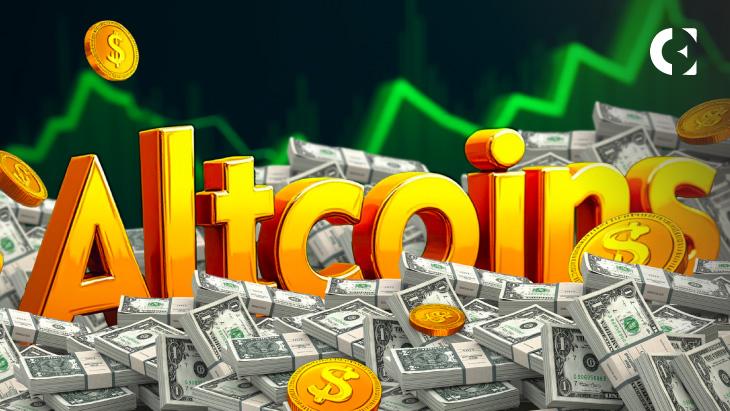The altcoin market cap, excluding the top 10 cryptocurrencies, is showing signs of recovery, with its recent correction being significantly less severe than in previous cycles, according to a new analysis by the respected chart analyst Rekt Capital.
The altcoin market cap, excluding the top 10 cryptocurrencies, is showing signs of recovery, with its recent correction being significantly less severe than in previous cycles, according to a new analysis by the respected chart analyst Rekt Capital.
His analysis is based on the weekly chart patterns of the total altcoin market cap, excluding the top 10 cryptocurrencies. This chart currently sits at $281.25 billion, holding above a long-standing support level.
The core of the bullish thesis lies in the depth of the most recent market correction. The current cycle’s 61.08% retracement, which wiped out $275.6 billion in value earlier this year, was notably less severe than prior bear market corrections.
For comparison, previous declines in past cycles were much deeper, hitting 69% and 85.55% and resulting in market cap losses of up to $420 billion. The fact that the most recent dip was shallower implies that the market has more underlying strength and that sellers are less aggressive than in the past. It also suggests that the major $425.03 billion resistance level may be weakening.
The chart shows seasonal turning points using vertical markers on dates such as April 15, 2024, and a projected date of September 29, 2025. These reference points mark phases of transition from capitulation to recovery. The breakout in December 2024, where the market cap surged above $250.73 billion, reestablished a major level that previously served as both support and resistance.
Resistance near $315.57 billion remains the next hurdle before a potential move toward the $425 billion mark. The last attempt to breach this range occurred during an early 2024 rally but failed to maintain upward momentum. Price action now suggests a renewed attempt is underway, with a focus on whether future rejections will result in less severe retraces, as seen in the recent 61% decline.
